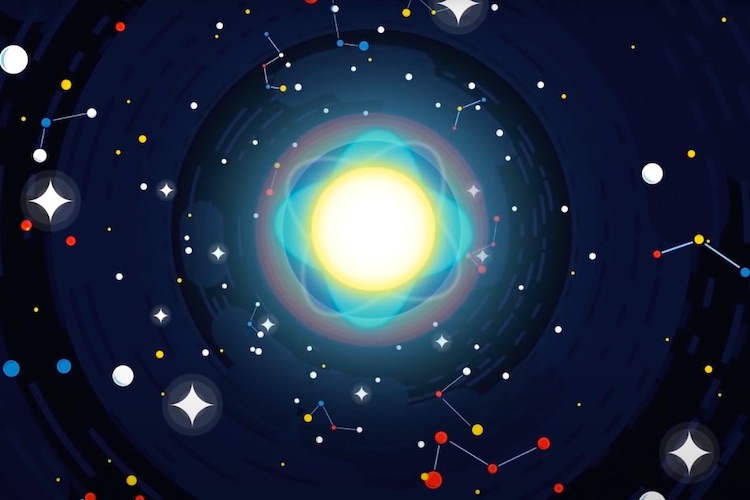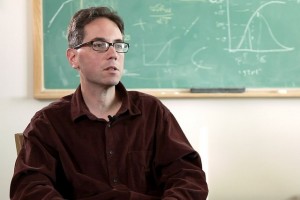Discovery of Molecular Clouds in our Tiny Neighbor...
The dense cores of star-forming clouds have been observed for the first time in a tiny dwarf galaxy.

On January 30, 2015 Science published a paper called “The bubble-like interior of the core-collapse supernova remnant Cassiopeia A” about the details of the inner structure and explosion debris of a supernova remnant. We have asked one of the authors of this research, Dr. Dan Milisavljevic from the Harvard-Smithsonian Center for Astrophysics, to comment on this work.
Supernovae are the violent deaths of massive stars. They are believed to involve aspheric explosions initiated by the collapse of an iron core, but the specifics of how this implosion-to-explosion process actually takes place are not well known.
We made a three-dimensional reconstruction of the supernova remnant Cassiopeia A (Cas A), which is the remains of a Galactic supernova that has been expanding for approximately 340 years, to investigate the kinematics of the debris that had been shaped by the explosion.
We obtained spectroscopic observations at near-infrared wavelengths that are less affected by extinction due to dust. Previous observations at longer wavelengths had already found interior emission, but these data gave the impression that the associated material was scattered in random filaments. Our observations, however, which were designed to cover the entire remnant, demonstrated that these earlier works did not go far enough. Indeed, the faint and diffuse emitting material in fact has large-scale coherent structure in the form of cavities or “bubbles” that smoothly connect with the rings of debris previously seen in the bright reverse-shocked material.
The large-scale structure we found tells us important information about how the original supernova explosion proceeded. We believe that the Swiss cheese-like distribution was frozen into the remnant by turbulent mixing processes that encouraged the development of outwardly expanding plumes of radioactive 56Ni‑rich ejecta in the first few weeks following core collapse. This 56Ni decays to 56Co and emits high energy photons that produce a pressure that expands the Ni-rich blobs into the surrounding gas and carve out cavities or “bubbles”. Cas A shares many properties with other supernovae and supernova remnants, so this process is likely a common property of stellar explosions.
The plaguing issue is to explain how the Ni was turbulently mixed in the first place. The origin of the asymmetry – specifically HOW and WHERE it arises – is not well constrained. There are various mechanisms associated with dynamical instabilities and the influences of rotation and magnetic fields that are capable of breaking symmetry, but it is difficult to constrain their relative contributions.
Our observations of Cas A’s inner ejecta can help unravel which of the competing processes that can introduce asymmetry in core-collapse explosions may be the most significant. The Cas A reconstruction is a map of what the end state of the explosion looks like – both its kinematic and chemical distribution. Now using sophisticated simulations on supercomputers we can attempt to trace back how this arrangement came to be.
One of the major predictions of our paper is that iron should be present inside each of the cavities. So far, we see iron in some cavities but not all of them. People have looked hard with the Hubble Space Telescope (optical), the Spitzer Space Telescope (infra-red) and the Chandra X-ray Observatory (X-ray) but it hasn’t been seen. Unfortunately, the iron may be emitting at wavelengths that we are not sensitive enough to using present observational facilities. This situation may change in the not-too-distant future with deployment of the James Webb Space Telescope. I hope to be one of the first people to see those images – they will not only be beautiful but potentially reveal the “missing” iron we think must exist inside Cas A and represent another major step forward in our understanding of how massive stars explode.

The dense cores of star-forming clouds have been observed for the first time in a tiny dwarf galaxy.

Astronomer Jean-Loup Bertaux on the Doppler Shift, HARPS-spectrograph, and the habitable zone.

Physicist Joshua Winn on the difficulties of exoplanetary research, how researchers managed to get lucky with ...